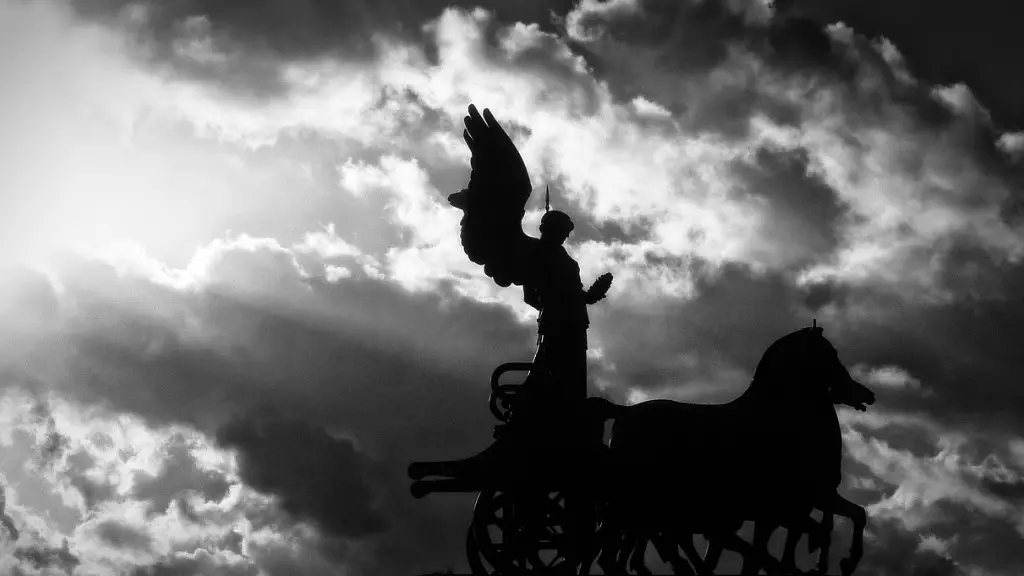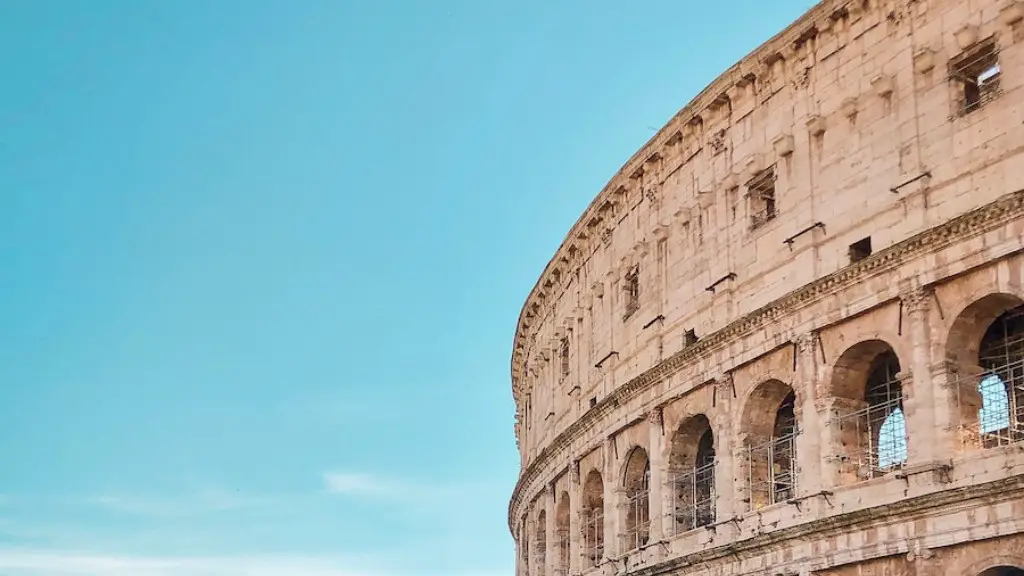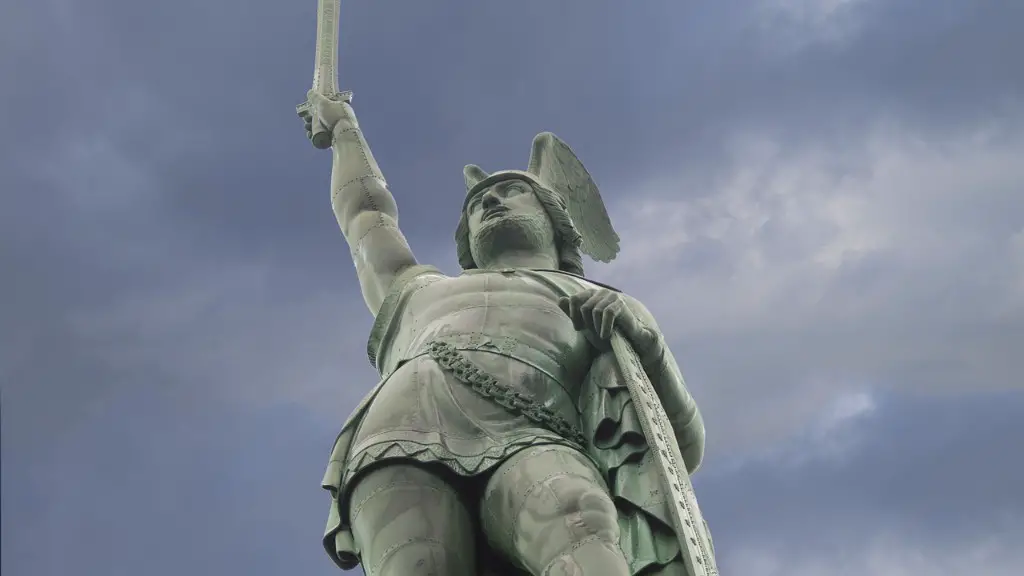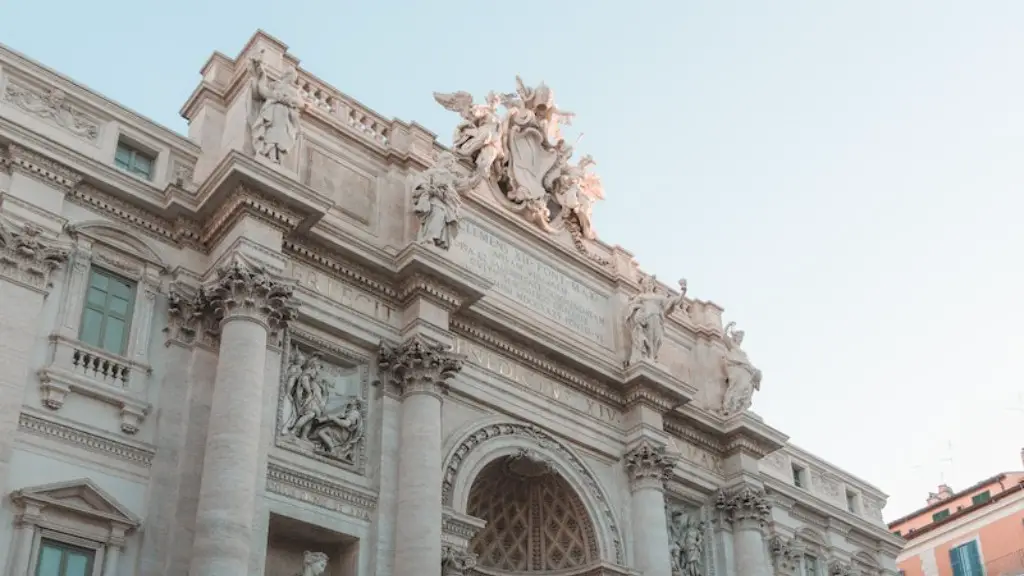A Brief History of Social Classes in Ancient Rome
Ancient Rome is considered one of the most influential societies of all time, and its social structure played a large part in its success. The Roman Republic was a complex social hierarchy with different social classes ranging from patricians and plebeians to freeborn citizens, freedmen and slaves. The most powerful class was the Patrician class, which were the noble and wealthy families who held the most power. The Plebeians were the lower class and most of the population, and they were considered to be the working and middle classes. Freeborn citizens were those who were born outside of Roman society but given rights and privileges of citizens. Freedmen were those who had been slaves but were granted manumission or freedom. Finally, slaves had no rights and were owned and controlled by their masters.
The social classes were defined by many factors, such as wealth, family background, prestige, and job. The higher the class, the more rights and privileges they had. Patricians enjoyed more political, economic, and social power, while the Plebeians, Freeborn, and Freedmen had fewer privileges. Slaves had the least rights and freedom. This social hierarchy allowed the Roman Republic to maintain order and keep track of people who had special rights and privileges.
The Significance of Social Classes in Ancient Rome
The social hierarchy of Ancient Rome was an important part of Roman society. It was used to determine the status and rights of individuals, and to ensure that the most powerful and wealthy individuals held the most power. This system of social classes was also a way to make sure that there were no clashes or fights between the different classes, so that the government could continue to function efficiently. It was also used to help the government keep track of the population, know who had specific rights and privileges, and to keep track of taxes.
The social hierarchy also ensured the economic stability of the Roman Republic. The wealthy Patricians were able to use their wealth to gain more political and social power, while the lower classes were able to work and provide the goods and services needed to make the economy vibrant. This allowed the government to raise funds and ensure the stability of the Roman Republic. The social hierarchy also provided an incentive to work hard as those who were successful in their jobs would move up in social class, which provided a sense of security and status.
The Impact of Social Classes on Ancient Roman Culture
The social classes of Ancient Rome had a significant impact on Roman culture. For example, the Patricians used their wealth and prestige to hold public festivals, which were an important part of Roman culture. The Roman games were also an important part of Roman culture, as the wealthy Patricians were able to use their wealth to fund the spectacles. These activities helped to build a sense of unity among the different classes and create a sense of pride among the Roman citizens.
The social classes also allowed the Roman Republic to ensure that taxes were collected and distributed properly. The Patricians were able to use their wealth and connections to ensure that they received the most benefits. The Plebeians, Freeborn, and Freedmen received fewer benefits, but they were still able to have a comfortable life. This system of taxation helped the government to raise funds, which were used to support public works, maintain law and order, and to build an infrastructure that helped the Roman Republic flourish.
The End of Social Classes in Ancient Rome
The social classes of Ancient Rome did not last forever. The fall of the Roman Republic in the 5th century CE brought an end to the social classes, as the Roman Empire transitioned to a monarchy. This transition marked the end of the social hierarchy, as the Emperor had absolute power and the different classes were replaced by a system of laws and government. The Roman Empire still had some measure of social structure, but it was much less defined than the old Roman Republic.
The social classes of Ancient Rome played an important part in the development of the Roman Republic. The different classes provided structure and hierarchy, ensuring stability and fairness, while the wealthy patricians were able to use their wealth and power to fund public works and ensure the prosperity of the Roman Republic. Despite the end of the social classes, their legacy and influence can still be seen today.
Social Classes in Modern Rome
Social classes still exist in Rome today, albeit in a much more subtle form than in Ancient Rome. The modern Italian society is considered one of the most egalitarian in Europe, and the social classes are much less influential than in the past. Wealth and power still play a role in the Italian society, but it is much less overt and does not have the same level of influence as in Ancient Rome.
The Italian economy is one of the strongest in Europe, and the average income is much higher than in other parts of the continent. This has allowed for greater social mobility and has allowed individuals to move between different classes more easily. Despite this, the wealth gap between the wealthy and the poor is still quite large, and this can be seen in the discrepancy in the quality of life between the two classes.
Role of Social Classes in Developing Countries
While social classes in Europe, including Italy, have become much less influential in recent years, they still play a major role in developing countries. In countries with high levels of inequality, social classes often reflect the economic differences between the wealthy and the poor, leading to a large gap between the two. This can be seen in the education system, where resources are often allocated to those from higher social classes, leaving the poorer communities without access to quality education.
The impact of social classes is also seen in the unequal access to healthcare, as those from lower classes often lack access to quality care, while those from higher classes have access to better healthcare. This inequality can also be seen in the political system, where those from higher social classes often have an easier time accessing political power and decision-making roles. This inequality in social classes leads to further inequality in many aspects of life.
The Power of Social Classes in Shaping Society
Social classes have the power to shape a society, as they reflect the levels of inequality and privilege within a population. In Ancient Rome, the social classes allowed for the economic stability of the Roman Republic and also provided a sense of unity among the different classes. It also ensured that the most powerful and wealthy held the most power and influence. In modern societies, social classes still exist, albeit in a much more subtle form. The power of these classes can still be seen, however, as they can shape access to resources and privilege, leading to further inequality. The importance of social classes in shaping societies can thus not be overlooked.
How Can Social Classes be Addressed?
The issue of social classes is one that cannot be ignored, as it has the potential to create great inequality. To address the power of social classes, governments must ensure that everyone is given equal access to resources and opportunities. This can be done through measures such as increased access to quality education, healthcare, and other resources. Governments can also work to reduce inequality through policies such as the provision of a minimum wage and social protection. Finally, governments can ensure that everyone is given an equal voice in the political system by increasing access to decision-making positions and protecting the rights of minority groups.
Implications of Social Classes on Mental Health
The power of social classes can also have a negative impact on mental health, as those from lower classes are often facing greater levels of stress, anxiety, and depression. This is due to the lack of access to resources and opportunities, which can lead to feelings of powerlessness and low self-esteem. To address this issue, it is important to provide those from lower social classes with access to resources and opportunities, such as quality education and healthcare. Additionally, policies such as minimum wage should be put into place to ensure that everyone has the same level of economic security and can access basic needs.
Conclusion
In conclusion, social classes have been an important part of societies since antiquity and have the power to shape the distribution of resources and opportunities. Ancient Rome is a great example of how social classes can be used to ensure stability and fairness, while in modern societies, they can be seen as a source of inequality. To address the power of social classes, governments should ensure that everyone has access to resources, opportunities, and a say in decision making. Only then can the potential of social classes to create a more equal society be realized.




